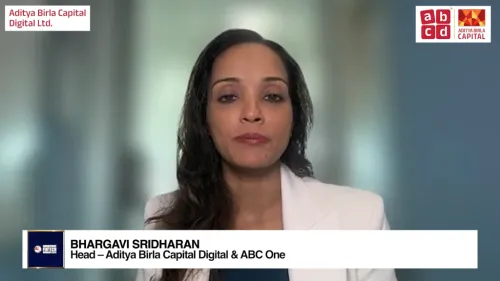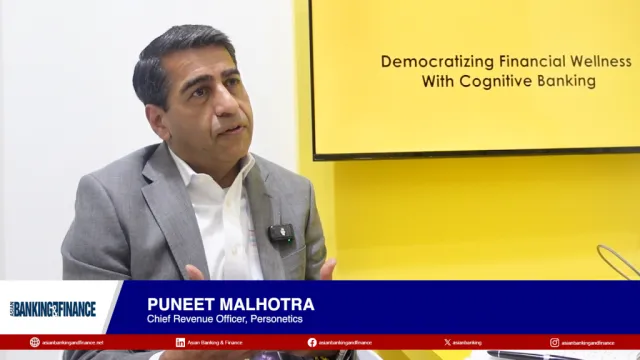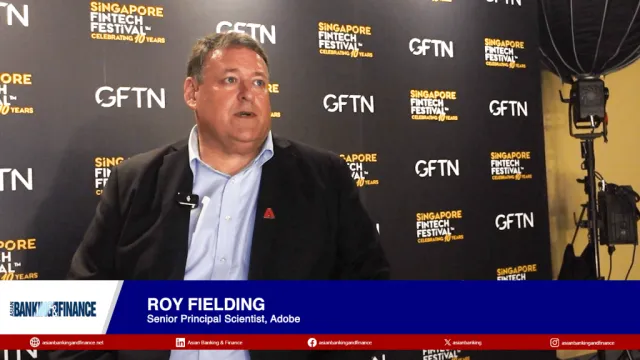
Malaysia’s digital banks face costlier and slower-than-expected loan growth
They may temper deposit-gathering efforts as a result, a positive for incumbents.
Malaysia’s digital banks are expected to temper back their deposit-gathering efforts as lending growth is proving costlier and slower than anticipated, reports UOB Kay Hian (UOBKH).
Three of the country’s five licensed digital banks— GXBank, Boost Bank, and AEON Bank— are operational. Ryt Bank and KAF Digital Bank remain in the pilot phase.
Scaling up lending activity remains a challenge for the digital lenders, due to their intended target segment of underserved and unbanked Malaysians presenting both operation and credit risks, said UOBKH analyst Keith Wee Teck Keong.
“Many in this segment may lack the digital literacy to engage fully with app-based platforms, while their credit profiles may raise asset quality concerns,” Wee said in a 24 June 2025 report.
Digital banks may temper their deposit-gathering efforts as a result of the costlier and slower lending acquisition.
“An overly aggressive stance in deposit collection— without parallel growth in lending— could lead to negative carry, with expensive deposits invested in low-yielding money market instruments, thus pressuring margins,” Wee said.
This is a positive for conventional banks, as it could ease deposit competition within the overall banking oversystem, he added.
None of the digital banks have achieved profitability to date, Wee said.
“The digital banks that have commenced operations have largely guided that it could take more than three years on average to break even,” he said.
Amongst newcomers, GXBank Bhd leads in both assets and custom deposits. As of September 2024, it has MYR2.4b in total assets and MYR2.2b in deposits.
Meanwhile, AEON bank has MYR711m in assets and MYR339m in deposits as of November 2024; and Boost Bank posted MYR819m in assets and MYR573m in deposits as of March 2025.
“Despite these encouraging numbers, the combined asset base of all three operational digital banks remains small, collectively accounting for less than 1% of the total banking sector’s RM3.7t in assets as of end-April 2025,” Wee said.
Even at the regulatory cap of MYR3b per digital bank over their first 3-5 years, the cumulative MYR 15b ceiling represents just 0.4% of the industry’s current total assets.



















 Advertise
Advertise







